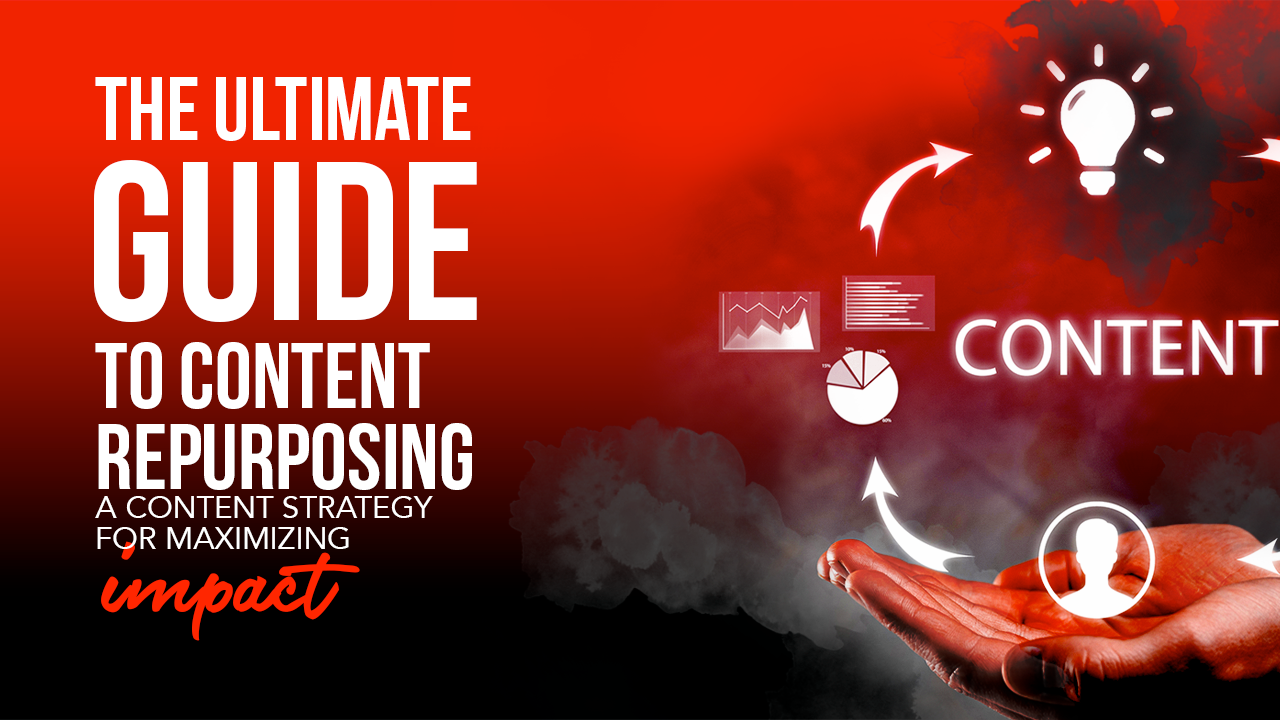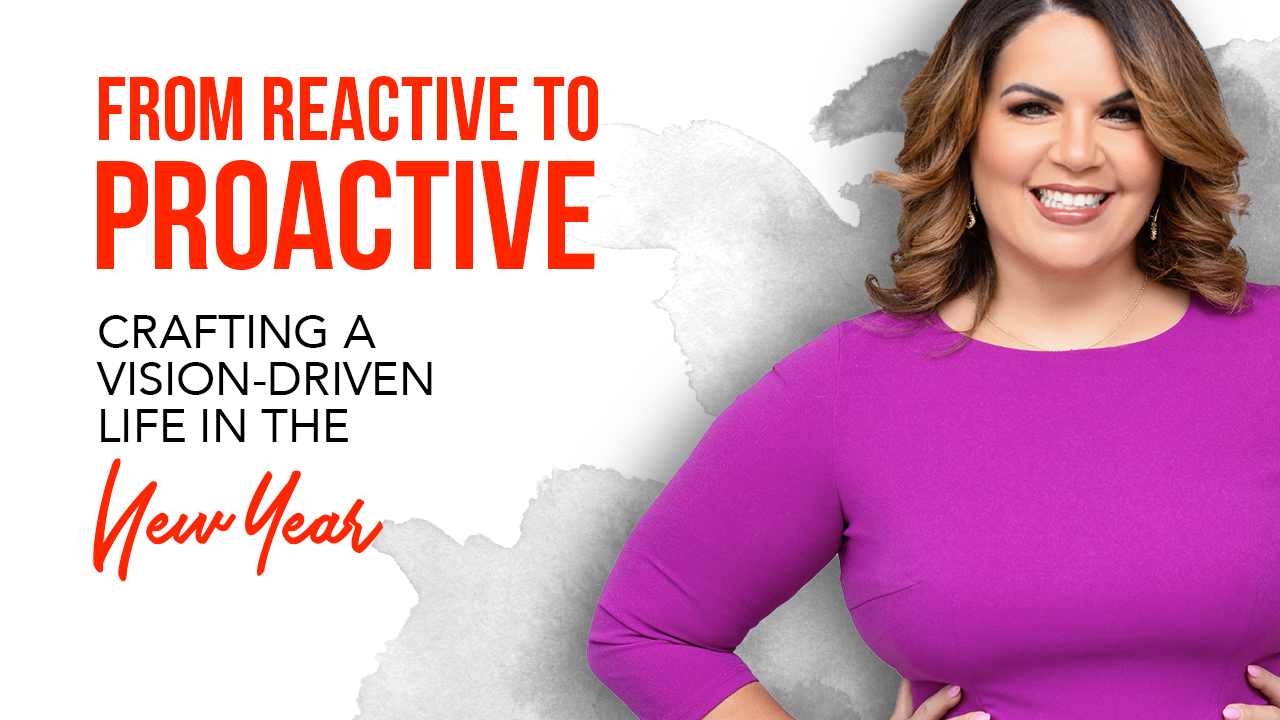The following is an introduction to the business-changing strategy we teach at our LinkedIn training, LinkedIn Ninja.
Our 5 step sales process guides b2b sales people and sales teams from selecting the right prospects, making first their brand, selecting their sales process, creating a content marketing strategy, prospecting with confidence to reach decision makers, and getting the deal closed.
I hope that it will help you build a reliable sales strategy you can use to close more deals.
B2B sales, particularly in the service arena, has traditionally been approached as a very linear process, based on a careful map of the buyer pathway, starting with step one, which is usually an introduction to the company and its product line, followed by a pitch on why those products would be useful to the potential buyer and what the benefits would be.
The linear sales process begins with an assumption that the prospect knows very little about you.
This assumption is completely wrong, considering the fact that most consumers come to speak with a B2B salesperson or B2C, with almost 60% of the information they need to know.
These days, selling it’s about what you don’t know that you don’t know.
Pitching Features, Benefits, or Pain Points No Longer Work.
The linear sales process is obsolete. Digital sales processes have moved out of the consumer realm and into B2B. B2b buyers are more educated, and the sales process begins not with an introduction, but with an assessment of how much the prospect already knows about you. Usually, it will be a lot.
Educated customers, empowered by the internet and the ready availability of information about your offerings – as well as those of your competitors – have effectively killed the linear sales process, and replaced it with something much more effective.
If Pitching Features, Benefits, or Pain Points are No Longer Effective, Does That Mean That We Need to Build Relationships? (And wait a long time?) No.
If you think that you can be more successful using a consultative selling approach that is all about building relationships, you should read an article about a Harvard Study that reveals the opposite: Selling is Not About Relationships.
In summary, this Harvard study found that salespeople fall into 5 categories:
1. Relationship Builders focus on developing strong personal and professional relationships and advocates across the customer organization. They are generous with their time, strive to meet customers’ every need, and work hard to resolve tensions in the commercial relationship.
2. Hard Workers show up early, stay late, and always go the extra mile. They’ll make more calls in an hour and conduct more visits in a week than just about anyone else on the team.
3. Lone Wolves are the deeply self-confident, the rule-breaking cowboys of the sales force who do things their way or not at all.
4. Reactive Problem Solvers are, from the customers’ standpoint, highly reliable and detail-oriented. They focus on post-sales follow-up, ensuring that service issues related to implementation and execution are addressed quickly and thoroughly.
5. Challengers use their deep understanding of their customers’ business to push their thinking and take control of the sales conversation. They’re not afraid to share even potentially controversial views and are assertive — with both their customers and bosses.
“In our study, Relationship Builders come in dead last, accounting for only 7% of all high performers.”
The days of Inviting a Connection for Coffee- Who Technically is a Suspect and You Want to Convert is From Suspect to Prospect- Are Over.
Before booking your next coffee appointment, consider becoming a LinkedIn Ninja by mastering social selling. Yes, you can find clients online.
According to Hubspot, for most salespeople, social selling on LinkedIn is a way of life. They keep their profiles in tip-top shape, look up their prospects’ profiles before calling or emailing, and keep close tabs on what potential customers post in groups. Reps also know how to search for prospects and narrow results by industry, company, location, and other specifications.
In other words, they’re experts in the basics of LinkedIn prospecting.
I refer to them as “Linkedin Ninjas”. They are sales professionals with a solid LinkedIn profile. Our lessons help them understand the power of a strong social media presence. We give them tools, scripts, and strategies to drive their sales pipelines using a consultative selling approach. And they get results!
We have successfully ignited sales using these sales LinkedIn prospecting strategies for insurance brokers, mortgage lenders, small business owners, coaches, and consultants that want to reach decision makers.
3 Strategies to Hack Your LinkedIn for Sales Prospecting
Here’s the truth about LinkedIn in 2019:
It’s a B2B gold mine…
It’s where most Fortune 500 decision-makers and executives like to spend their spare time.
According to LinkedIn’s blog, 61 million LinkedIn users are senior level influencers and 40 million are in decision-making positions.
If you want to break your long selling cycle, building trust with your connections should be your main goal.
These are our 3 strategies that will help you build trust and hack your sales prospecting.
Add a Video on Your LinkedIn Profile
Creating quality videos doesn’t mean an end-all solution to guaranteeing customer trust. But videos add an excellent way to relay the value in your business.
Keep in mind, building trust is not about pitching your products. It’s about featuring your brand story, the type of qualities your brand values, what makes you unique, and what kind of impact are you creating with your products or services.
Linkedin Articles
If you want to leave a great first impression for decision makers, you want to brand yourself as an authority.
The word authority comes from the author.
Focus on LinkedIn Articles and publish in your field. Create a content marketing calendar and distribute your content consistently, so your audience gets used to reading you and expects to read even more content from you. You can also ask your audience what they want to learn from you.
Contribute a guest post
When readers see your work on a top site, you immediately gain credibility. After all, if a well-respected professional is willing to publish your work, you must know what you are talking about!
Put your money where your mouth is and show your readers how you have helped your customers or clients. Introduce case studies into your content marketing strategy. This is a powerful tool and a concrete example of your success.
LinkedIn articles are a great way to leverage your content marketing strategy.
LinkedIn Endorsements
There are key metrics people chase on LinkedIn; 500+ connections, an all-star profile ranking. However, most people forget to set up goals to get more endorsements.
According to LinkedIn, someone who thanks you for an endorsement has a 74% chance of endorsing you. That is pretty powerful.
Reach out to your connections. Endorse them. Depending on your industry, connections will be active and happy to endorse you back for something they recognize is in your skillset.
In my personal case (you might do the same) if I see a connection that I trust on the list of your endorsements, I don’t think twice to give an endorsement.
The key to this Linkedin strategy is to give endorsements first.
A Ninja Tip: Endorse Decision Makers. This Will Take You Closer to Your Sales Goals.
For a deeper dive into these LinkedIn Ninja strategies that pave the way for sales, check out our LinkedIn Ninja course. Now available via Teachable App! Not sure if this is for you? Chat with us.











1 Comment
[…] do 323% better than people following directions without illustrations. If you’re using a consultative sales model, this means you’re all about creating amazing content, mostly […]